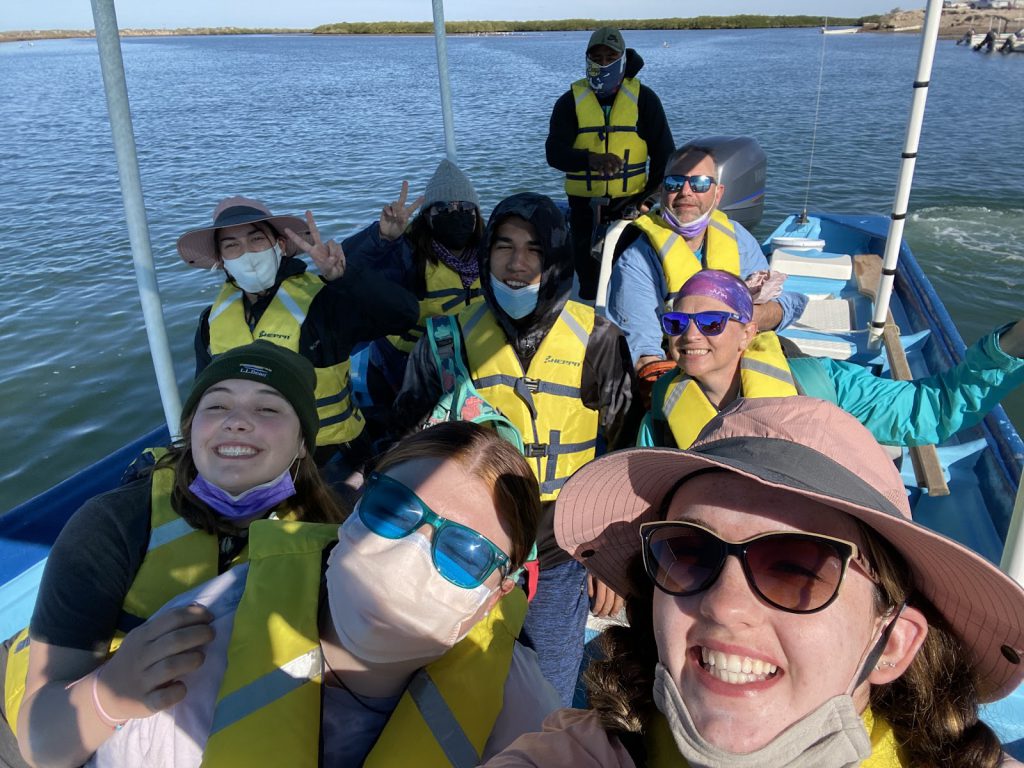-

Sebert’s Marine Science class participate in a field excursion in Mexico.
Some students from Stacey Sebert’s Marine Science class went on a field excursion in Mexico staying several nights in tents on Corralito Bay on the Isla Espiritu Santo island.
“For me it was one of the best experiences of my life, not many high school students get to say they get to experience this.” said CCHS student McKenzie David “I learned so much about the culture of the people in La Paz, and the marine and land environment. It taught me that I can do so much more than I have ever imagined and for that I’m so thankful, for not only Ms. Sebert inviting me on the trip but the guides who hosted our excursion and my parents for allowing me to travel on my own and experience such an amazing trip. If ever given the chance to do a trip like this in the future I will not hesitate to jump on board and do this all over again.”
While there, the students collected data on the Crown of Thorns sea star (Acanthaster planci), one of the few natural predators of coral. Students measured the diameter of the body of the sea star (not including the legs) and saw whether or not the star was feeding on coral. They found 11 sea stars (which is a high amount as the normal amount for the area is 8) while searching in the coral reef for an hour. Sizes ranged from 16 cm to 22 cm in diameter and most were actively feeding on coral. During their time on the island they also worked on cleaning up the beaches, researched other marine life, explored and saw sea turtles, whales, and dolphins in their natural habitat, and snorkeled in the coral reef each day.
